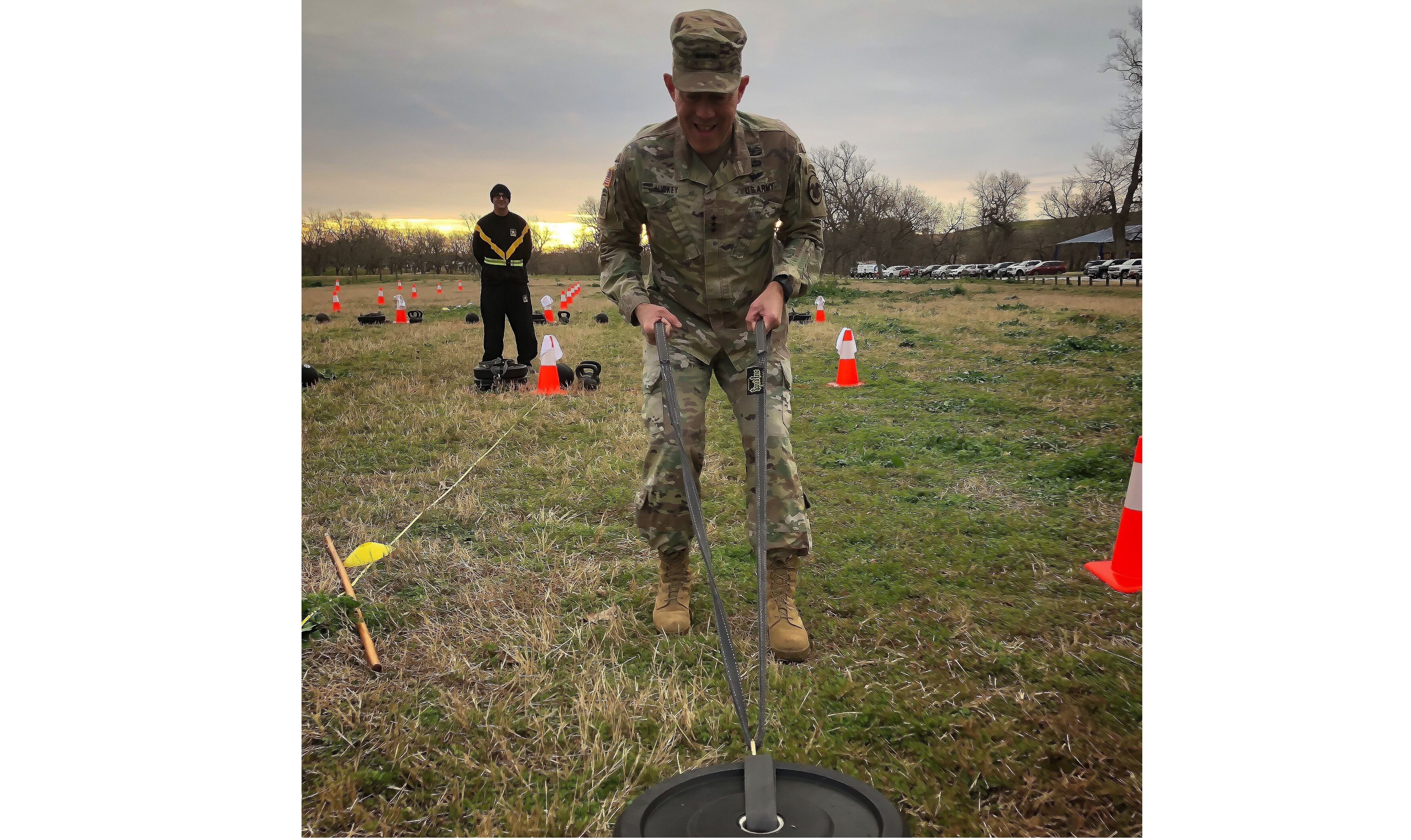While it is in the midst of a “renaissance,” as it’s been characterized by Army Secretary Mark Esper, the smallest component of the Army has strained to meet the demands of initiatives to grow a bigger, more lethal force.
But the chief of the Army Reserve is confident his organization will rise to the occasion, he told Army Times on Tuesday in Washington, D.C.
“We’re doing better now than we were four or five months ago,” Lt. Gen. Charles Luckey said, in terms of the manning challenges that have kept the Reserve below its authorized end strength.
While the total Army missed its accessions goals in fiscal year 2018, it was the second year in a row for the Reserve.
Officials have attributed some of that struggle directly to success in growing the active component, because when the Army is wide open for business, fewer soldiers go Reserve.
“The trend over the years ― and this is anecdotal, but I think it’s fair ― has been, in many cases, the Army Reserve captures its talent coming off of active duty,” Luckey said.
During the pre-2017 drawdown, soldiers who were forced out could shore up the Reserve’s ranks. But since end strength has been climbing, reenlistment bonuses have gotten generous, and a standing “call to active duty” has encouraged Reserve soldiers to make the jump
“As you try to grow the active force ― to the extent that part of how you grow the active force is by keeping soldiers on active duty ― it just creates an additional tension point,” Luckey said.
But things appear to be leveling off. The active component jumped by 26,000 soldiers in 2017, but since, growth has come in smaller increments. And this year, the active’s accessions goal is about 10,000 less than the previous year.
“From an accessions perspective, we’re doing okay,” Luckey said, adding that the most recent figures are single digits away from the current target. “From a retention perspective, we’re actually doing better than we have in years.”
Reenlistment bonuses have helped, he said, and the Reserve is at its highest retention rate in 18 years, he added.
“I’m very encouraged by the trend lines, as far as our accessions go,” he said.
He’s also excited about the prospect of an app the Reserve is developing, he said, that will allow soldiers to fulfill the call to action Esper issued in October: That they’re all recruiters.
Most active-duty soldiers are stationed at large installations, where the surrounding communities are familiar with the benefits and drawbacks of service.
But for reservists, who are about 200,000 strong and spread out all over the country, they might be some of the only soldiers a suburban teenager on the West Coast, for example, ever meets in real life.
With the app, called Double Eagle, if a soldier is out running around town and ends up having a conversation about enlisting with a neighbor or new acquaintance, they can take down that prospective soldier’s information and send it to U.S. Army Recruiting Command.
“So now that lead has been essentially vetted by at least one soldier, putting eyes on that potential candidate,” Luckey said.
ACFT or bust
Meanwhile, the Army is completely overhauling its fitness standards. The Army Combat Fitness Test is in its pilot phase right now, with a few dozen battalions training their soldiers on the new events and running practice tests.
Since the Center for Initial Military Training unveiled the test in July, reservists have voiced concerns about spending limited time on drill weekends training for it and the feasibility of issuing the equipment to every one of more than 800 reserve centers spread throughout the county, as well as access to gyms in rural areas so soldiers can prepare on their own time.
RELATED

“That scale, it becomes a challenge, in terms of time management,” Luckey said.
Rather than issuing equipment to units, he said, it will be issued to locations, and units will have to coordinate who uses it when.
“This is a good thing, and this breaks down functional, artificial barriers that have existed in the Reserve for a long time,” he said.
During the pilot, the test battalions' feedback will inform not only standards, but when the test becomes fully operational. Luckey will also be giving his feedback to the Army chief of staff.
The pilot program ends in September, and after that, Army leadership has until October 2020 to set a date that the ACFT becomes the test of record.
“I will give him my best assessment of when I think it’s, I’ll just say the word fair ― I know that’s a little bit loaded ― but fair to execute this at scale as a test of record to decide whether, you know, this soldier can or cannot go to school, can or cannot get promoted,” Luckey said. “We want to make sure that we really give ourselves time to kick the tires on this.”
Meghann Myers is the Pentagon bureau chief at Military Times. She covers operations, policy, personnel, leadership and other issues affecting service members.





